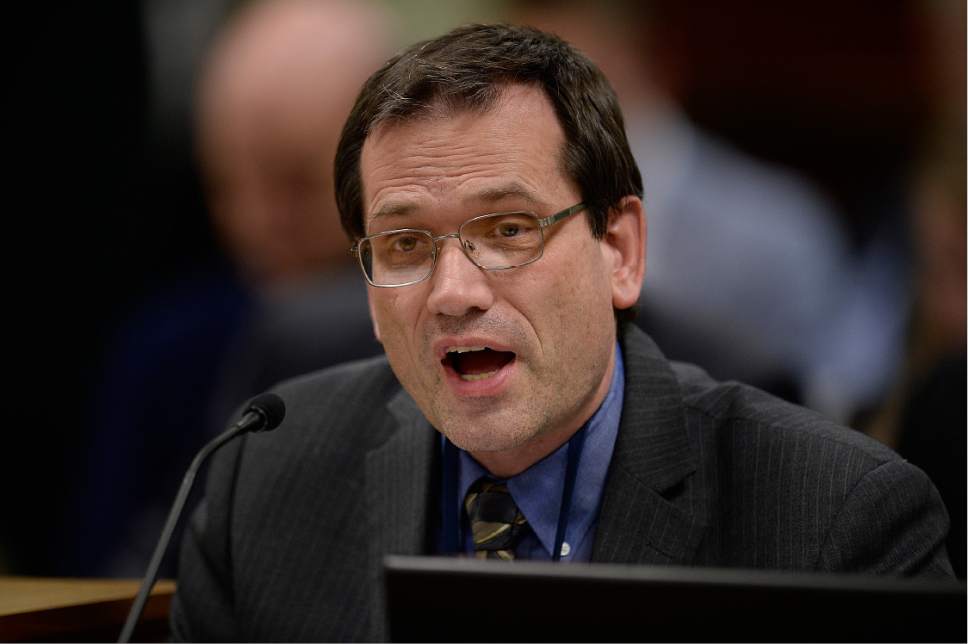This is an archived article that was published on sltrib.com in 2017, and information in the article may be outdated. It is provided only for personal research purposes and may not be reprinted.
Tony Lewis started taking OxyContin recreationally when he was 15 years old. He made the switch to heroin two years later.
By 27, he was dead from an overdose, the date — Oct. 27, 2014 — forever imprinted in his family's memory.
"Kids don't think it can kill you because a doctor prescribes it," said Mark Lewis, Tony's father, about OxyContin at a Wednesday news conference. "They don't realize how addictive it is."
Lewis shared his family's story of addiction and loss as the Utah Department of Health unveiled a new public-awareness campaign aimed at educating Utahns on the dangers of opioids and the signs and symptoms of an overdose.
Dubbed "Stop the Opidemic," the campaign comes as Utah ranks fourth among U.S. states for drug-overdose deaths. In 2015, 268 Utahns fatally overdosed on prescription opioids; 127 were killed by illicit opioids, such as heroin, the agency says.
And like Tony Lewis, about 80 percent of heroin users start with prescription drugs, a health department official said.
"It's pretty clear this is a big problem in Utah: the dangers are obvious," said Erik Christensen, the Health Department's chief medical examiner.
"When you start these things you potentially have issues with tolerance, developing dependency, addiction and abuse and overdose and death is the outcome for, unfortunately, too many Utahns," he added.
The opioid problem is also drawing attention on Utah's Capitol Hill. State lawmakers on Wednesday took up a proposal to require that health insurers implement policies designed to minimize the risks of opioid addiction and overdose deaths, including facilitating the use of safer treatment options for pain such as physical therapy and acupuncture.
That measure — HB90, sponsored by State Rep. Ray Ward, R-Bountiful — was introduced Wednesday afternoon and drew initial discussion in the House Health and Human Service Committee. Ward said told committee members that insurance policies was one of many ways the problem needed to be addressed.
The new Health Department campaign, along with advertising to raise awareness, will encourage Utahns to carry the anti-overdose drug naloxone if someone close to them is using an opioid or if they suspect someone is using.
Mark Lewis said he had no idea naloxone existed when his son Tony died. Now, he carries it with him everywhere.
"Even though Tony is gone ... you never know when you might come up on somebody, anywhere, who has overdosed," he added.
Concerned family members, friends and others have been able to legally obtain naloxone since 2014, but the state health department in December began allowing pharmacists to hand out the drug without a prescription.
Naloxone must be administered quickly when the signs of an overdose become apparent: shallow breathing, blue lips or choking noises, Christensen said.
The Stop the Opidemic campaign aims to promote awareness of those signs, as well as other actions Utahns can take, including never sharing opioids, getting rid of unused medication and assisting those who struggle with addiction.
astuckey@sltrib.com Twitter @alexdstuckey



